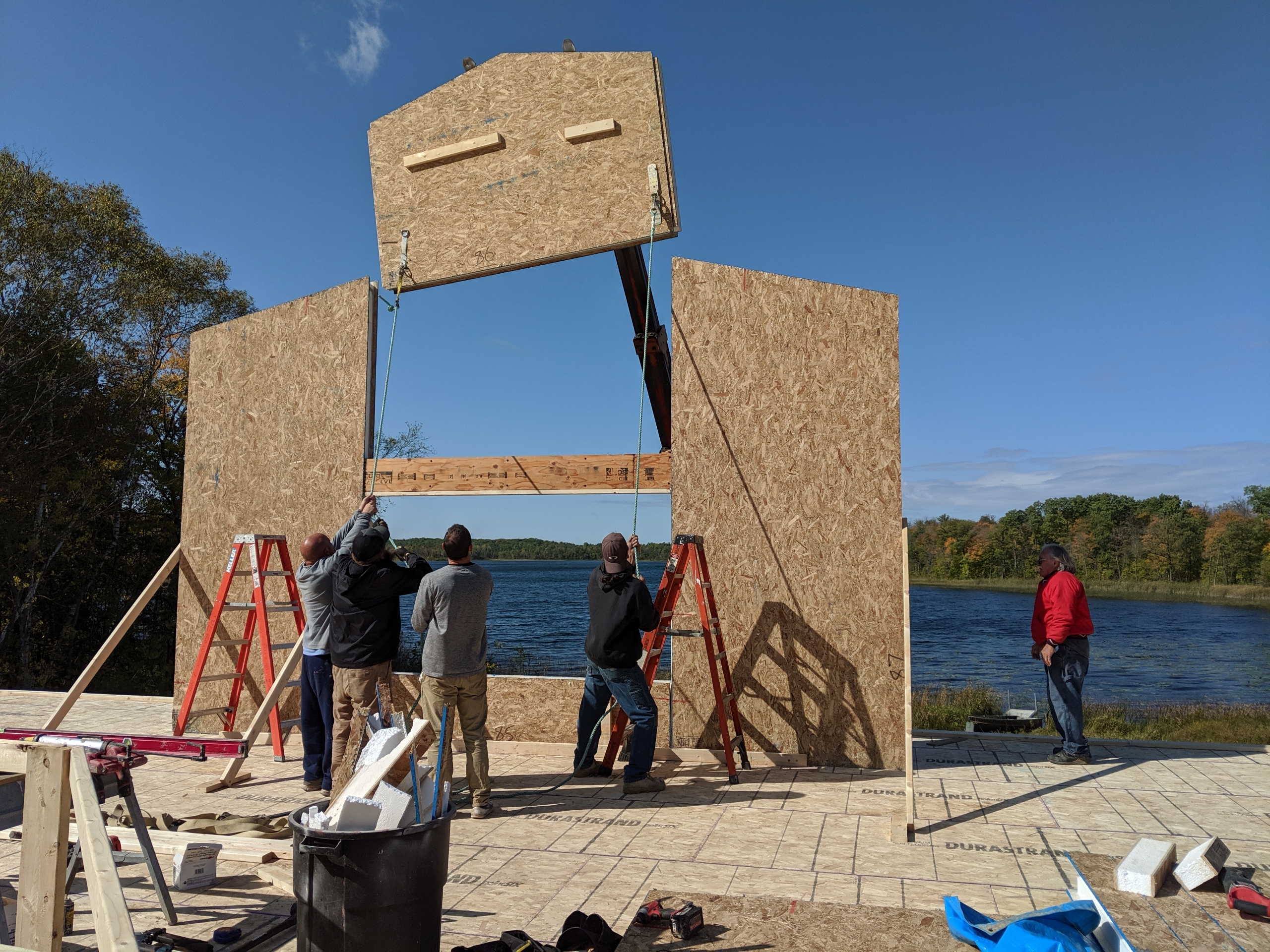What are SIPS Panels
When it comes to innovative construction materials that are reshaping the way we build homes and structures, Structural Insulated Panels (SIPs) have been gaining increasing attention. SIPs panels are revolutionizing the construction industry with their energy efficiency, durability, and versatility. In this blog post, we’ll explore what SIPs panels are and why they’re becoming a game-changer in the world of building design and sustainability.
Understanding SIPs Panels
1. What Are SIPs Panels?
Structural Insulated Panels (SIPs) are a type of building panel used in residential, commercial, and industrial construction. These panels consist of a sandwich-like construction with a core material, typically made of expanded polystyrene (EPS) or polyurethane foam, between two rigid outer layers, often made of oriented strand board (OSB) or plywood. The core material provides insulation, while the outer layers offer structural support.
2. Energy Efficiency and Insulation
One of the standout features of SIPs panels is their exceptional insulation properties. The core insulation material creates a continuous and highly efficient thermal barrier. This means that buildings constructed with SIPs panels have superior energy efficiency, reducing heating and cooling costs significantly compared to traditional construction.
3. Faster Construction
SIPs panels are prefabricated in controlled factory conditions, precisely cut to the required specifications. This results in faster construction times compared to traditional stick framing methods. SIPs panels can be quickly assembled, reducing labor costs and construction timelines.
4. Strength and Structural Integrity
SIPs panels are known for their structural strength. When properly designed and installed, they can withstand various loads, including wind, snow, and seismic forces. SIPs buildings are often more robust and resilient, making them suitable for a wide range of applications.
5. Environmental Sustainability
SIPs panels are considered environmentally friendly due to their energy-efficient properties and the sustainable sourcing of materials. The insulation cores are typically made from recyclable materials, and the panels produce less construction waste compared to traditional framing methods.
6. Design Flexibility
SIPs panels offer design flexibility, allowing for various architectural styles and building types. They can be used for walls, roofs, and floors, and can accommodate a wide range of finishes, from traditional siding to modern cladding options.
7. Air Quality and Comfort
The airtight nature of SIPs panel construction helps maintain consistent indoor temperatures and improves indoor air quality by reducing drafts and minimizing heat loss. This results in a more comfortable and healthy living or working environment.
8. Cost Savings
While SIPs panels may have a higher upfront material cost than traditional framing materials, the overall construction cost can be lower due to reduced labor expenses and faster project completion. Additionally, long-term energy savings make SIPs buildings cost-effective in the long run.
Conclusion
Structural Insulated Panels (SIPs) represent a significant advancement in construction technology, offering energy efficiency, strength, sustainability, and design versatility. As the construction industry continues to embrace sustainable and eco-friendly building practices, SIPs panels are likely to play an increasingly prominent role in shaping the future of building design and construction. Whether you’re planning a residential, commercial, or industrial project, exploring SIPs panels as a construction option can lead to more efficient, sustainable, and cost-effective results.


It is a long established fact that a reader will be distracted by the readable content of a page when looking at its layout.
Lorem Ipsum is simply dummy text of the printing and typesetting industry
Comments are closed.